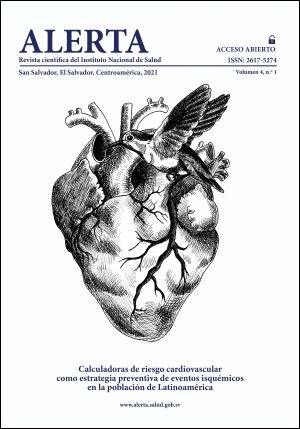COVID-19: vertical transmission, disease and care in newborns
DOI:
https://doi.org/10.5377/alerta.v4i1.9916Keywords:
Newborn, coronavirus infections, vertical transmission, polymerase chain reaction, serologyAbstract
There is a possibility that SARS-CoV-2 is vertically transmitted in the uterus, as well as during and after delivery. Most infected babies present mild symptoms or are asymptomatic. The most frequent clinical manifestations are tachypnea and dyspnea. In laboratory tests, the most common findings are leukopenia and lymphopenia. Pulmonary lesions are more clearly shown by computed tomography than by X-ray. The most common images in both tests are ground-glass opacities. There is no approved antiviral and/or immunomodulatory treatment for COVID-19 in newborns. Specific guidelines for the respiratory
management of COVID-19 pneumonia, in newborns, are not yet available. Deliveries of COVID-19 positive mothers must be carried out in rooms dedicated exclusively to these patients. The evacuation route of choice is vaginal delivery. Current evidence is not sufficient to confirm SARS-CoV-2 vertical transmission through breastfeeding. Precautions must be taken to avoid postnatal transmission to newborns and health personnel.
Downloads
2353
Downloads
Published
How to Cite
Issue
Section
License
Privacy statement:
Alerta articles are published under license Creative Commons 4.0 CC BY: https://creativecommons.org/licenses/by/4.0/
Authorship rights
Revista Alerta gives the authors exclusive control of their work and the right to be acknowledged and cited.





